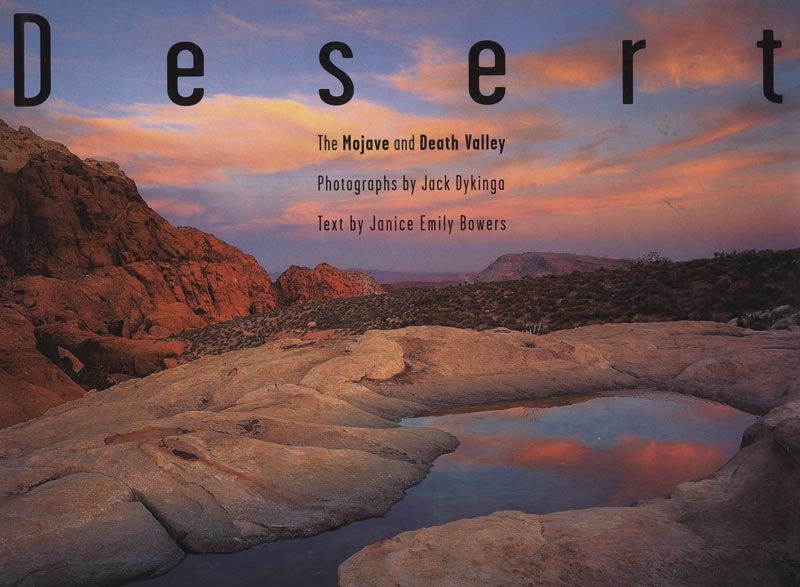A master of the modern Western US landscape photograph.
If Eliot Porter’s nature photography appeals to the romantic side of one’s personality, Jack Dykinga’s appeals to the other extreme. A more formal, studied approach. Classical, if you like. That sounds boring on paper but the reality is that his work is astonishing. Whereas with Porter’s work the reaction tends to be “Hmmm, I need to think about that” with Dykinga it’s a more simple “Wow!”.
As is often the case in aesthetic matters, I chanced on his work by accident. It was 1983 and I was half way though my six year stint in New York City. The excitement I had first felt for the city was increasingly turning to dismay. Corruption, dirt and congestion. I reckoned I could get the same in Los Angeles and at least have good weather thrown in at no additional cost. So somewhere about that time I began thinking of going west.
Now there’s a lot that is good about Manhattan. Museums and art galleries everywhere. Restaurants of all ethnicities easily found. Central Park. Carnegie Hall. The Met. Broadway. Wall Street. Street photography opportunities to die for (sadly, literally true in the early 1980s, far better now) and those mom and pop grocery stores (mom and pop being Vietnamese or Korean) open 24/365, seemingly on every street corner.
But one of the best things about the City is the large selection of book stores, both traditional brick and mortar establishments, and the street vendors, just like in Paris. So it was some time around 1983 that I came across a magazine named Arizona Highways at just one of those places. Large format, slim and with no advertising, the photography, limited to Arizona, was stunning. There are no advertisements as the magazine is bankrolled by none other than the State of Arizona, or at least its taxpayers. To cut a long story short, it was there I first encountered the work of Jack Dykinga.
Best as I can tell, Dykinga still works with large format film and I was prompted to write this entry after pulling his book ‘Desert: The Mojave and Death Valley’ from the bookshelf the other day. If Arizona Highways was one reason I moved to the great landscape of the American West in 1987, then Dykinga’s photography was the catalyst.
In the winter of 1997-98 the heavy rains brought by the El Nino weather system produced a tremendous flowering of desert plants in the Mojave, and Dykinga was there to capture it. While large format is not necessary for the modest size of the book – some 10″ x 11″ in size – the photographs are simply magic. Far more than record pictures, Dykinga takes extraordinary pains over composition, thinking nothing of being up with the birds or going to sleep when the owls are coming to.

Thanks to the phenomenon that affects all photography books, you do not have to pay the $49.50 I did back in March, 2003 when this was published, as Amazon will sell you a new hardcover copy for the grand sum of $19.98. Add a fine and relevant text (rare attributes those, in photography books) by Janice Emily Bowers, and you have a treasure. I would spill the beans and tell you all about ‘The Racetrack’ but that section of the book is so extraordinary, so simply unbelievable, that I am going to keep mum and suggest you send some money to Amazon and find out for yourself. You will not believe your eyes.
And supporting a hard working photographer makes far more sense than throwing more money into the corporate coffers of Nicansonypan for the latest gadget. You can see Dykinga’s work on his web site. It does not do his work justice. Buy the book.